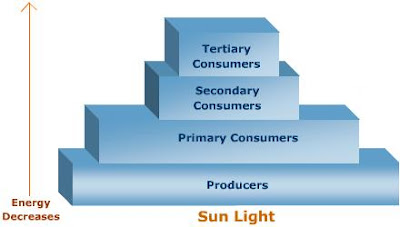Journal
Yesterday, I took a while on my way to dragon boat practice to really take in all of my surroundings. I think I really take for granted how beautiful Vancouver really is; there's all sorts of plants, animals and scenery that can't be observed anywhere else.
On my walk to the skytrain station, I found myself walking on a field of green grass...
- I saw green grass and clovers.. since they're green I believe that makes them producers, since they undergo photosynthesis, and are food to many other organisms.
- I saw those white daisies.. they're flowering plants, making them angiosperms, and also producers.
Once I got to false creek I saw...
- Algae growing in the water. Algae are also producers considering they are food for many marine animals!
- We also saw a bunch of seals in the creek when we were out on the water, but unfortunately I couldn't take a picture. Seals are consumers.
I also spotted some...
- trees.. which are also producers, as well as the long grass growing on the rocks near the shore.
















